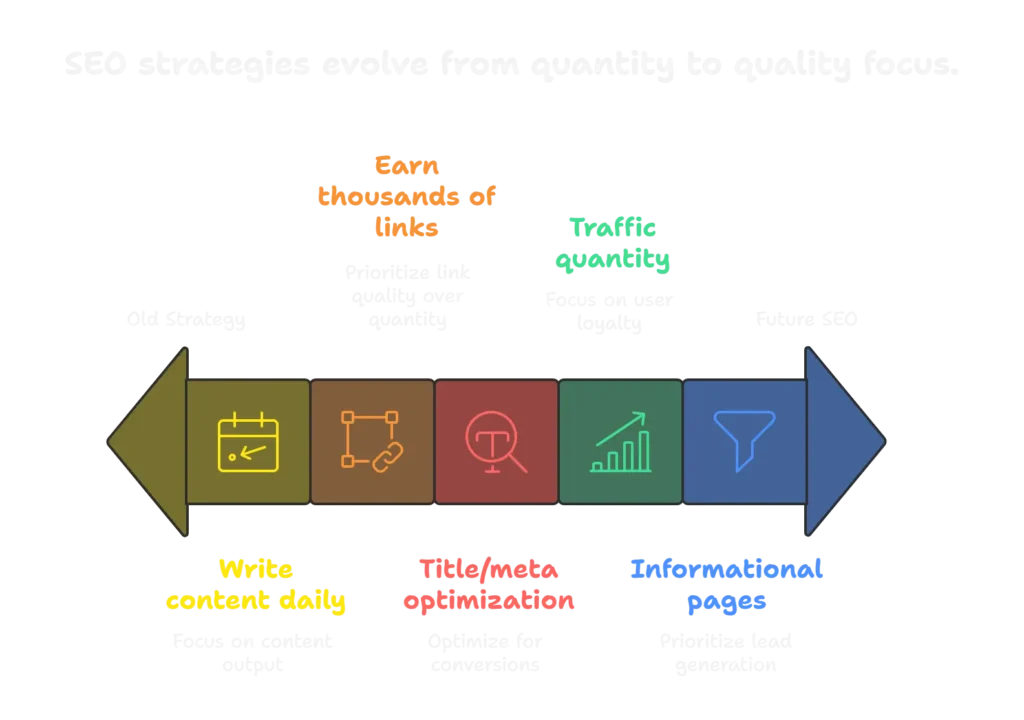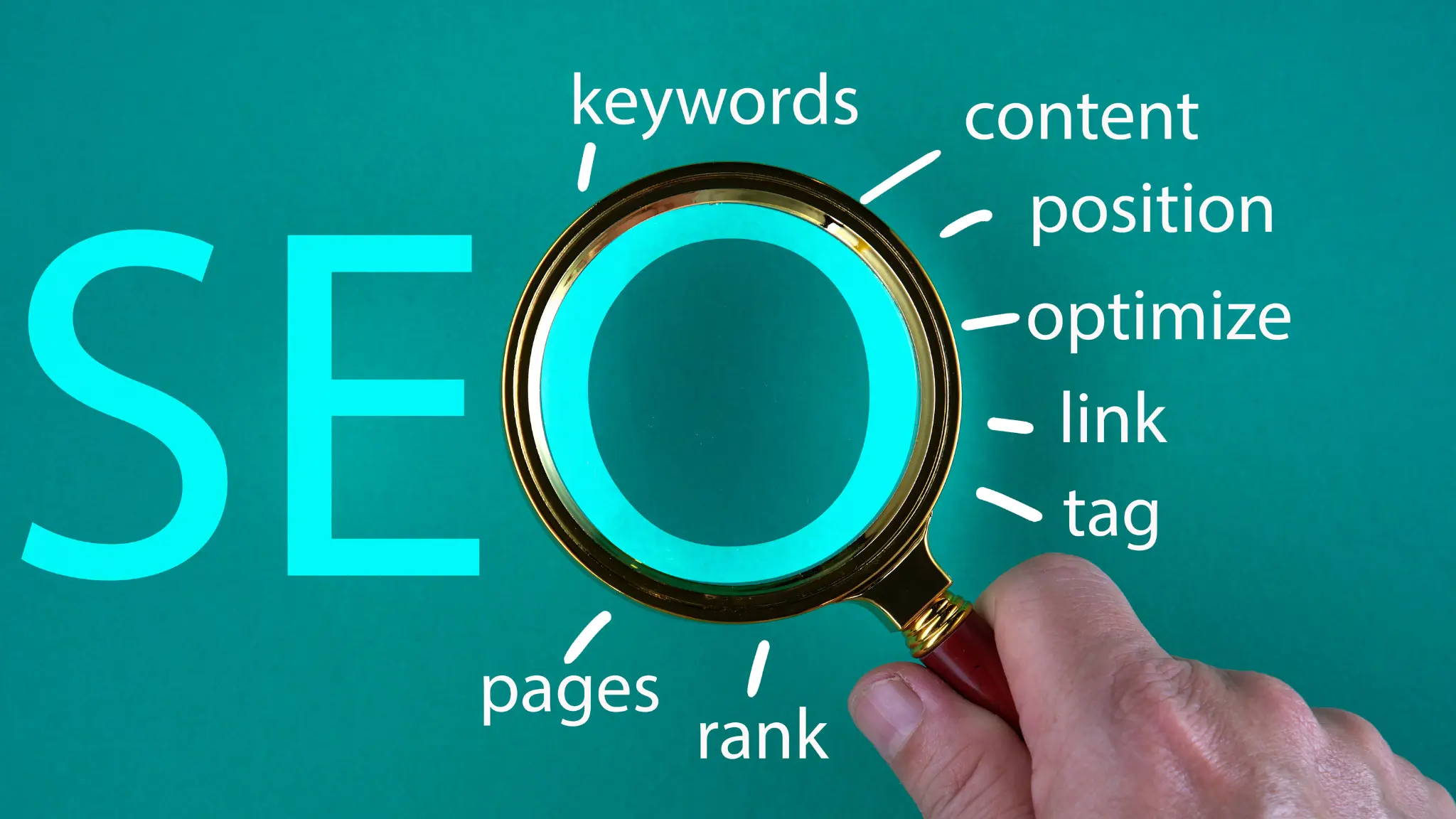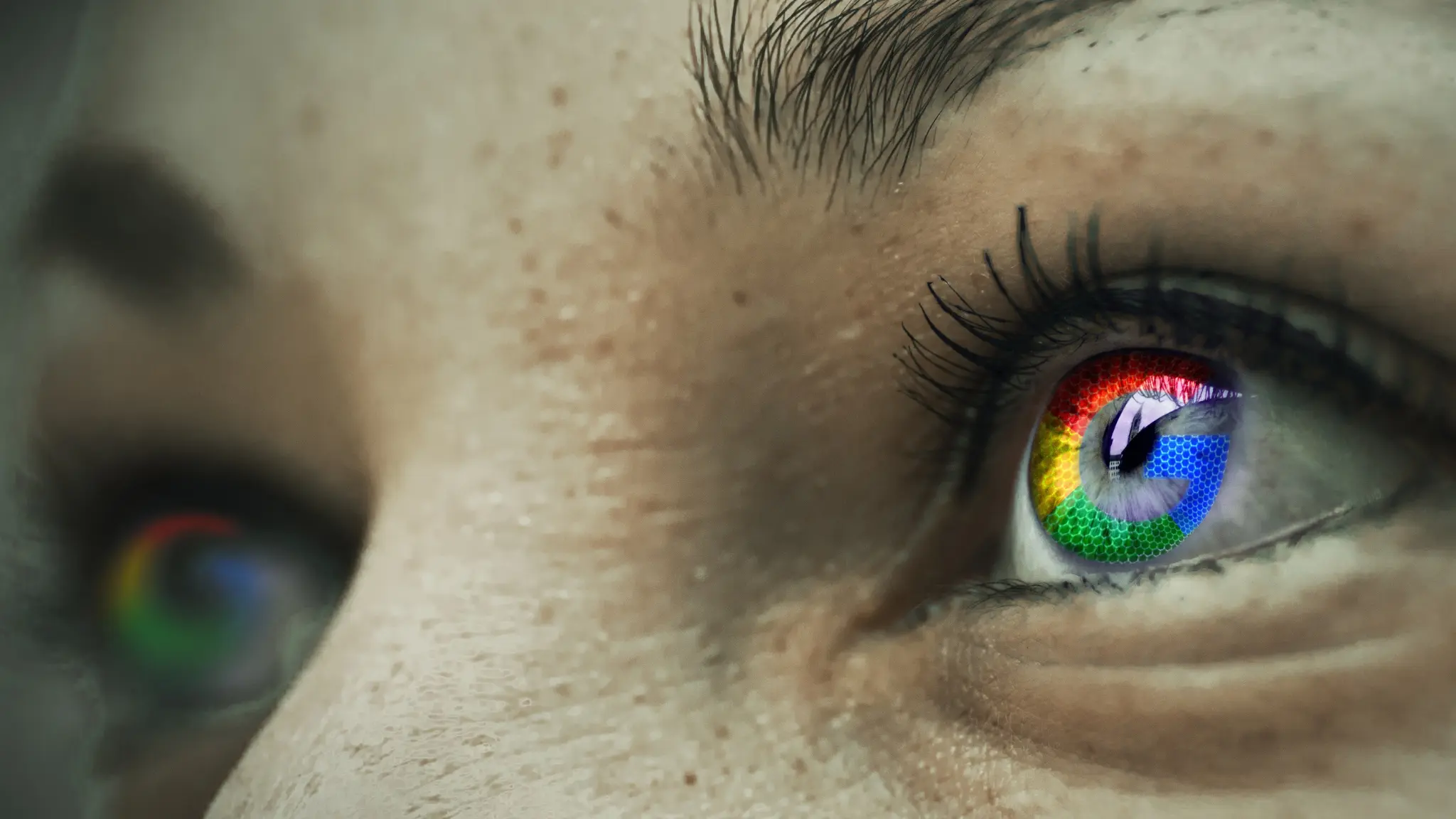The recent announcements at Google I/O regarding AI-generated search experiences (SGE) and AI Overviews have shaken the SEO industry to its core. With changes already rolling out, digital marketers, content creators, and SEO professionals are left wondering:
👉 Is this the end of SEO as we know it?
Let’s break it down, not with fear, but with facts.
🔍 From Search Results to AI Answers
Traditionally, Google’s search engine results page (SERP) was structured with:
- Featured snippets
- Organic listings
- Ads
- “People also ask”
- Local packs (GMB)
- Then, actual web links
With AI Overviews, that’s all changing.
Instead of showing multiple links and snippets, Google now serves a direct answer generated using AI—based on web content, yes, but without showing traditional blue links.
So the classic SERP is being replaced by what we can now call a Search Answer Page (SAP). Google itself no longer refers to them as results, but as “answers.”
🎯 What Does This Mean for SEO?
Let’s not sugarcoat it.
- Informational blog traffic will decline sharply.
- High-quality “how-to” content might get used by Google—but not credited properly.
- Only product or lead-generating pages will see stable value—if optimized smartly.
Instead of chasing rankings, SEO will shift toward click-worthiness and conversion intent.
💥 What Is Going Away?
❌ 1. Traditional SERP Rankings
The top results are now displayed in swipeable carousels. There’s no longer a true “Position #1.” Your content might be there, but unless it directly addresses a user’s query—you’re invisible.
❌ 2. Title and Meta Description Effort
Only the first card in the carousel shows the title and meta. The rest? Hidden. If you’re not first or clearly aligned with intent, click-throughs will suffer.
❌ 3. Informational Blog Strategies
Content mills are dying. Google already knows everything. It has absorbed content from millions of sites. Writing another “Top 10 SEO Tips” article won’t help you rank.
✅ What Still Works?
✔️ 1. Conversion-Focused SEO
Instead of “Best dental clinic in Rajouri Garden,” use:
“Get 30% Off Your First Appointment Today”
Give users a reason to click, not just a title. Think landing pages, offers, and intent.
✔️ 2. Brand Signals & Trust
Google will increasingly prioritize brands users already trust. How? Through:
- Returning visits
- Social shares
- Direct traffic
- Mentions on authoritative sites
Building your brand recognition is now core to SEO.
As Rand Fishkin also highlighted in his Sparktoro article, Google wants to answer, not refer.
🧱 Redefining SEO Strategy
Here’s where SEOs must shift focus:
| Old Strategy | Future SEO Focus |
|---|---|
| Write content daily | Build brand and user loyalty |
| Earn thousands of links | Get a few reputable brand mentions |
| Title/meta optimization | Offer conversion-first page content |
| Traffic quantity | Traffic quality and loyalty |
| Informational pages | Product/service & lead gen pages |

🔄 Forget Google for a Second
Google isn’t going to call your clients, sell your product, or offer services. That’s still your job. Google is just changing how users reach you.
So don’t panic. Instead, focus on making every visitor remember your brand, not just your content.
💡 What You Should Start Doing Today
- Prioritize landing page CRO (conversion rate optimization)
- Invest in design & user experience (UX)
- Build direct traffic through branding and social
- Minimize dependency on blog traffic
- Use performance tracking tools like Ahrefs, SEMrush, and Surfer SEO to monitor what still ranks in AI overview results.
✊ SEO Isn’t Dead — It’s Just Evolving
SEO is not dying. It’s evolving—fast. The “ranking” game may become less relevant, but the need to attract users through search is still alive.
What’s gone is the idea that you can win with content alone. You now need content + brand + offer + experience.
Written by Qausain Anwar
Founder at www.branxhq.com
Helping businesses adapt, evolve, and grow in the era of AI-powered search.







